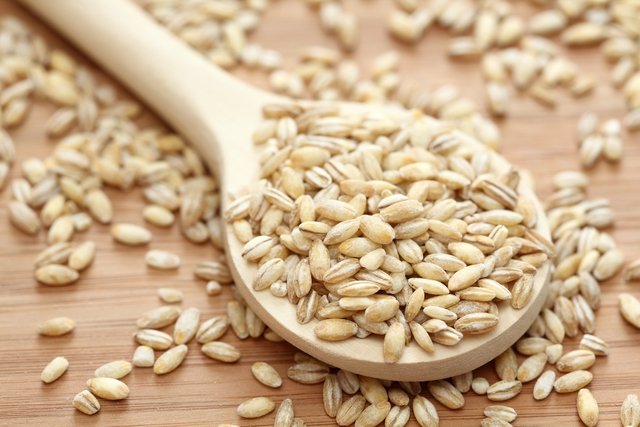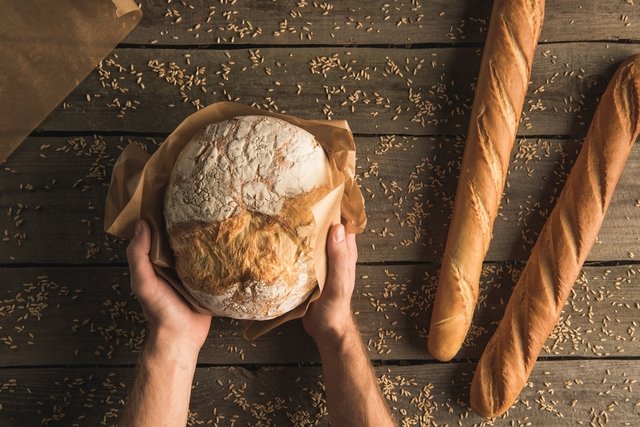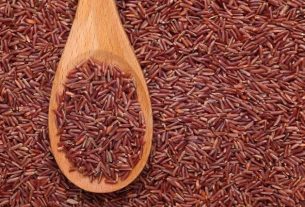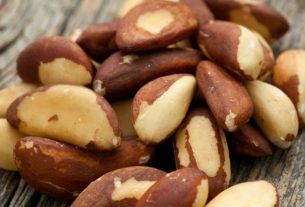Malt is produced mainly from barley grains, which are moistened and allowed to germinate, and has several health benefits, such as improving physical and mental energy, reducing cholesterol, promoting mood and improving the absorption of nutrients, as it is rich in carbohydrates, proteins, minerals and antioxidant compounds.
In addition to being produced from barley, malt can also be obtained from wheat, rye, rice or corn grains, and is then called according to the plant that gave rise to the product, such as wheat malt, for example.
This food can be consumed in the form of a drink, as a grain along with yogurt, or in some preparations, with malt bread. Furthermore, malt is widely used to replace coffee in people who cannot consume caffeine, to prepare ovomaltine and alcoholic drinks, such as whiskey and beer.

Main benefits
The main health benefits of malt are:
1. Increase mood and energy
Malt is a food rich in starch, proteins, vitamins and minerals, helping to increase energy and daily stamina, as well as having benefits for people who practice physical activity, as it improves physical capacity and resistance during training.
2. Improve mood
Malt is rich in hordenine, a substance that activates a dopamine receptor in the brain, a neurotransmitter that is involved with emotions and cognitive processes, improving mood and mood, reducing stress and stimulating mental health.
3. Regulate intestinal function
Malt has benefits for intestinal health, as it is rich in fiber that improves its functioning. Furthermore, malt could have prebiotic properties, stimulating the growth of bacteria beneficial to health, such as improving the immune system and preventing infections.
4. Lower cholesterol
Malt can help reduce LDL cholesterol levels in the blood, as it is rich in fiber and antioxidant compounds, reducing the absorption of cholesterol at the intestinal level, in addition to preventing the oxidation of cells, thus preventing cardiovascular problems, such as atherosclerosis and heart attack.
5. Improve nutrient absorption
The process of obtaining malt increases the digestibility of cereals and their absorption of nutrients, reducing the amount of tannins and phytates, for example, which are anti-nutrients that reduce the absorption of minerals, in addition to improving the digestibility of proteins and some cereals.
6. Regulate blood sugar
Because it is rich in fiber, especially the soluble type, malt helps regulate blood sugar, increasing the absorption time of carbohydrates, being useful to help prevent and control type 2 diabetes.
Nutritional information
The following table shows the nutritional information for 100 grams of malt flour obtained from barley:
To enjoy the benefits of malt, it is important to include it in a healthy and balanced diet, in addition to being essential to practice physical activity on a regular basis.
How it is used in beer production
In beer production, malt is the source of starch, a type of sugar that will be fermented by yeast to produce alcohol and other important components of this drink. Thus, the type of malt and its production method determine what the flavor, color and aroma of the beer will be.
How it is used in whiskey production
Whiskey is produced from barley. These grains go through a process that causes the starch present in barley to transform into sugar, generating malt. Once the malt is obtained, it is fermented by yeast to produce alcohol, which is distilled a few times and increasing its alcohol content to be stored and aged in barrels.
Malt Bread Recipe

This recipe yields approximately 10 servings of bread.
Ingredients (makes 10 servings):
- 300 g of ground barley malt;
- 800 g of wheat flour;
- 10 tablespoons of honey or 3 tablespoons of sugar;
- 1 level tablespoon of organic yeast;
- 1 tablespoon of salt;
- 350 ml of milk;
- 1 tablespoon of margarine.
Preparation mode:
- Mix all the ingredients with your hands in a bowl until a homogeneous dough is formed, which must be kneaded for 10 minutes;
- Let the mass rest for 1 hour;
- Knead again and place the dough in a greased bread pan;
- Cover with a cloth and wait for it to grow until it doubles in size;
- Bake in a preheated oven at 250ºC for 45 minutes.
After finishing baking in the oven, the bread must be removed from the mold and kept in an airy place to maintain its shape and texture. However, it is important to remember that people with gluten intolerance cannot consume barley, and to prevent intestinal problems in these cases, see what gluten is and where it is.

Sign up for our newsletter and stay up to date with exclusive news
that can transform your routine!
Warning: Undefined array key "title" in /home/storelat/public_html/wp-content/plugins/link-whisper-premium/templates/frontend/related-posts.php on line 12
Warning: Undefined array key "title_tag" in /home/storelat/public_html/wp-content/plugins/link-whisper-premium/templates/frontend/related-posts.php on line 13



